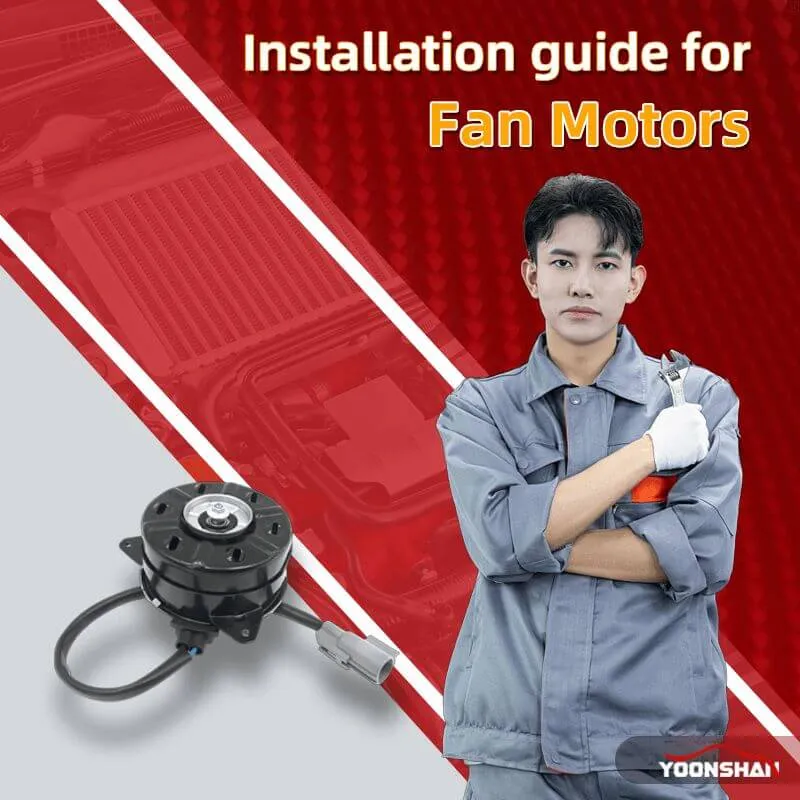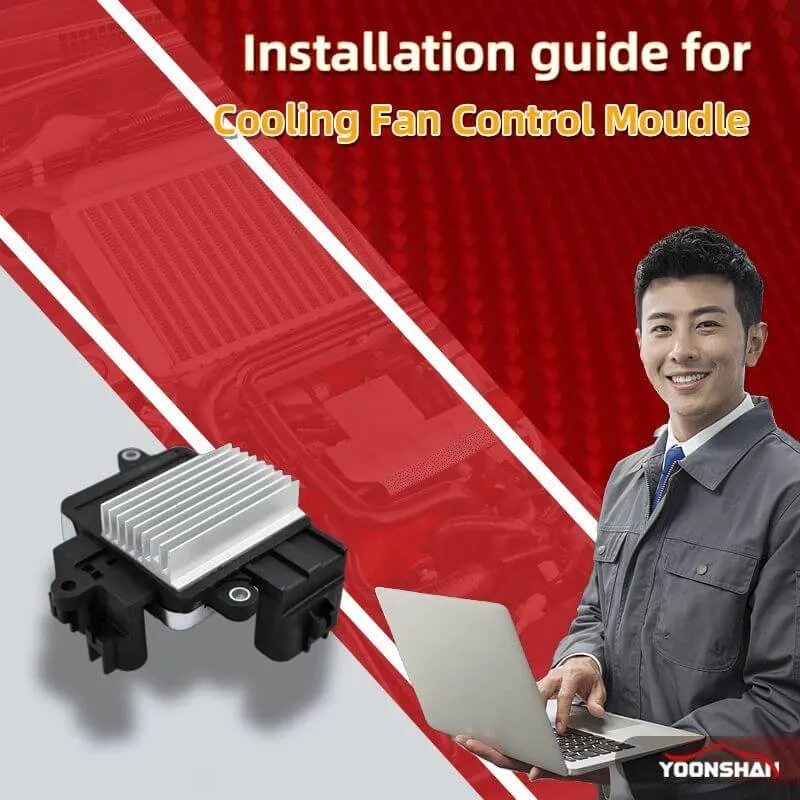Introduction
The proper operation of a car’s air conditioning system is crucial for passenger comfort, and the blower motor, as one of its key components, directly affects the performance of the AC. This article combines online resources and practical experience to provide a detailed guide on how to replace a car blower motor, helping owners better understand and address this issue.
The blower motor is a core component responsible for moving air within the AC system. If it malfunctions, it not only affects temperature regulation inside the vehicle but can also lead to the entire AC system failing to work properly. Therefore, understanding how to replace the blower motor is essential for maintaining the good operation of the vehicle’s AC system. High-quality blower motors provided by brands like Yoonshan can offer reliable support for your repairs.
Tools Preparation
The tools required for replacing a car blower motor mainly include:
- Phillips Screwdriver: For removing screws that secure the blower motor.
- Pliers: For opening the blower motor housing or securing hard-to-reach parts.
- Wrench (depending on the model): For loosening or tightening specific bolts.
- Gloves and Goggles: To protect hands and eyes from accidental injury.
- Diagnostic Tool (optional): For checking electrical connections and fault codes to ensure the blower motor failure is not due to other electrical issues.
After preparing these tools, you can proceed with the blower motor replacement according to the following steps. Ensure you read the vehicle repair manual beforehand and follow all safety instructions. Yoonshan’s professional tool kit can help make this task easier.
Detailed Steps
1. Disconnect Power and Unplug the Electrical Connector
Before starting any repair work, ensure the vehicle is turned off and unplug the blower motor’s electrical connector to avoid any electrical risks. This step prevents the blower motor from accidentally starting, ensuring the operator’s safety. It is recommended to use a diagnostic tool to check for relevant fault codes to confirm if the blower motor is indeed the problem.




